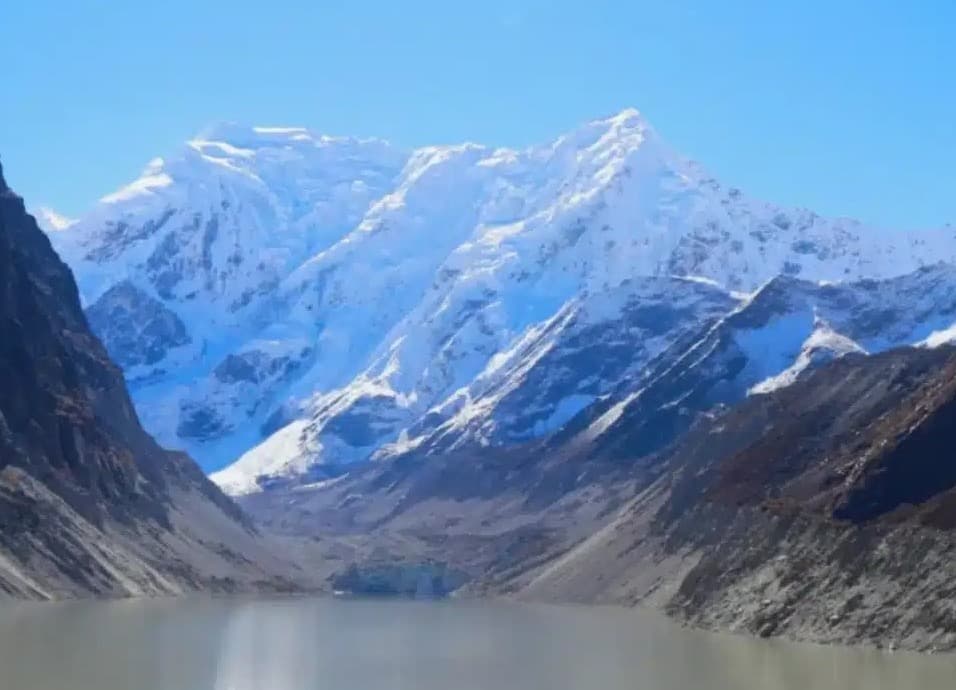In this review of Upper Mustang, we will look at 10 reasons to trek to the Upper Mustang region. The itinerary takes you to several villages along the remote Upper Mustang region ending in Lo Manthang, the old capital of the forbidden kingdom of Lo. The kingdom was a stop along the ancient trade route between Tibet and India.
Lying on the rain shadow of the Annapurna range, the landscape is one cliff, red canyons, and an arid desert hosting villages with unique Tibetan-Buddhist culture and architecture and rich history of caves, cave paintings, and scripture along the way. Alongside the route are the Annapurna, Dhaulagiri, and Nilgiri ranges, meaning one is never far from the majestic views of the mountains. While the difficulty is moderate, you will not be going over 4000 meters in altitude throughout the entire trek. There’s no doubt that the Upper Mustang is one of the best treks in Nepal.
Without further ado, here are 10 reasons why Upper Mustang should be on your to-do treks:
Step Back in Time at the Last Forbidden Kingdom of ‘Lo’
Mustang was formally the Kingdom of Lo, which from the 15th to the 17th century controlled the historic trading routes between Tibet and India. In the 18th century, the Kingdom of Lo became a part of Nepal but still maintained its monarchy until 2008. The rich history of Lo Manthang, the capital of Lo, is reflected in the King’s Palace, which was built in 1400, and in the high walls that protect this fortress city.
Lo Manthang alone gives you enough explanations for reasons to trek to the Upper Mustang region. However, there are also several ancient monasteries or gompas dating back to the 15th century, which you can visit.
Also read: Lo Manthang Trek after COVID-19
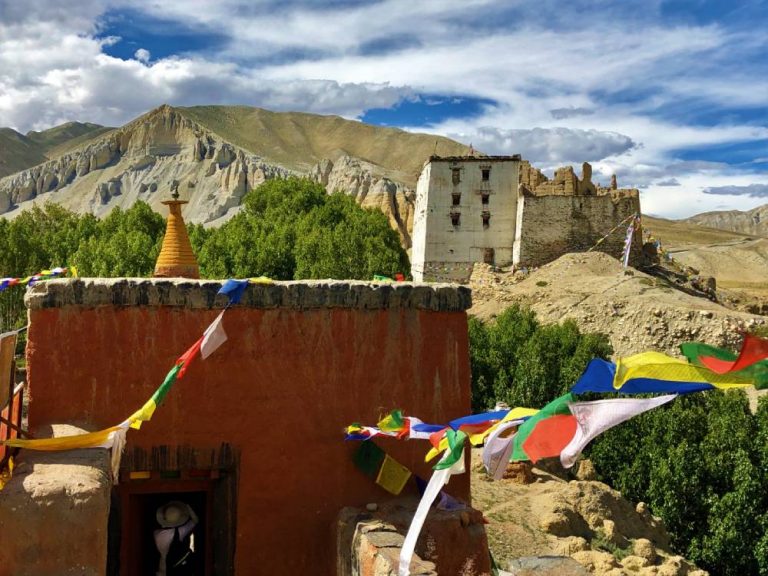
Rich Tibetan-Buddhist Culture, A Major Reason for Upper Mustang Trek
Owing to its rich history and remote location, much of Upper Mustang’s Tibetan culture and heritage has been preserved. Along your trek, you will come across many Buddhist shrines ‘chortens and monasteries that reflect the unchanged Tibetan-Buddhist faith in the region. Each shrine and monastery carries its myth that will transport you back to a spiritual and ancient time and place. The Tibetan mountainous lifestyle is one of the significant reasons why you should go on an Upper Mustang Trekking.
Since many residents of Lo Manthang and surrounding villages are practicing Buddhists, you can also be privy to festivals and worship in the region. You can try the Mustang Tiji festival trek to take part in the Tiji festival in Lo Manthang.
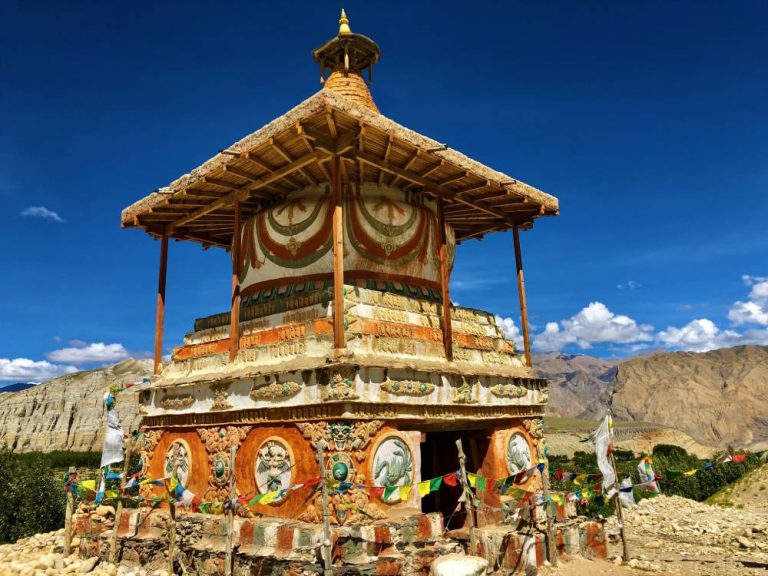
Unique and Unspoiled Landscape in Upper Mustang
Upper Mustang was only opened to non-Nepali travelers after 1992, which means the landscape is pristine. Being in the rain shadow of the Annapurna Range, it has an arid desert-like landscape with cliffs and rock formations. However, it is not all dry land as you will walk alongside colorful buckwheat fields and pastureland for sheep, mountain goats, and yaks as well. The unique land structure and barren hills are the principal reasons for trekking to the Upper Mustang.

A Great Trek All Year Round
Since Upper Mustang falls in the rain shadow of the Annapurna Range, this trek is ideal all year round, including the otherwise slippery monsoon season. While the nights are cold, the day temperatures range from 32 to 68-degree Fahrenheit throughout the year, which makes for a comfortable trek if you are layered up! Since the trek is open all year round and there isn’t a specific season, tea houses remain open and are easily accessible for all your food and lodging needs.
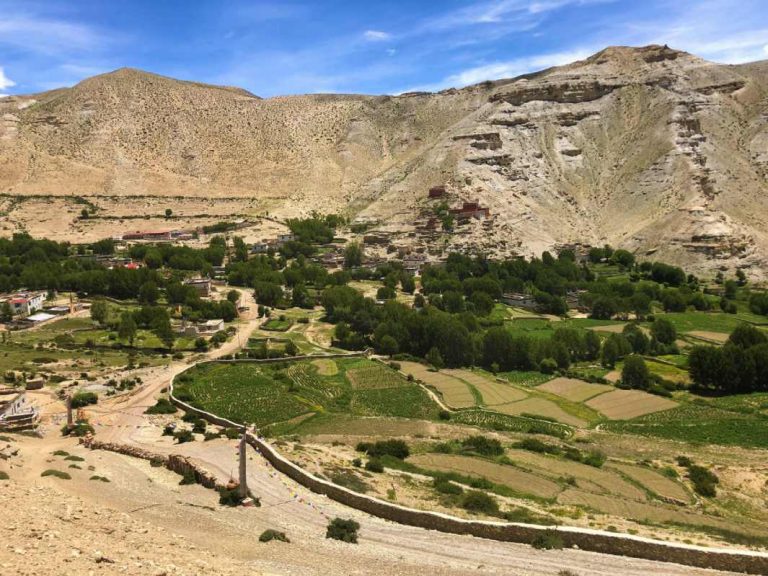
Flexible Itinerary of Upper Mustang Trek
Ideally, the Upper Mustang trek itinerary is about 2 weeks or 14 days, but you can tailor your experience and itinerary however you see fit. If you have more time to spare, you can traverse the entire trail on foot to Lo Manthang.
You can also either rent a Jeep for a tour to the upper mustang or for those more adventurous, a motorbike to ride to the walled city of Lo Manthang. The travel options are flexible and exciting, whichever option you choose to explore the Upper Mustang region.
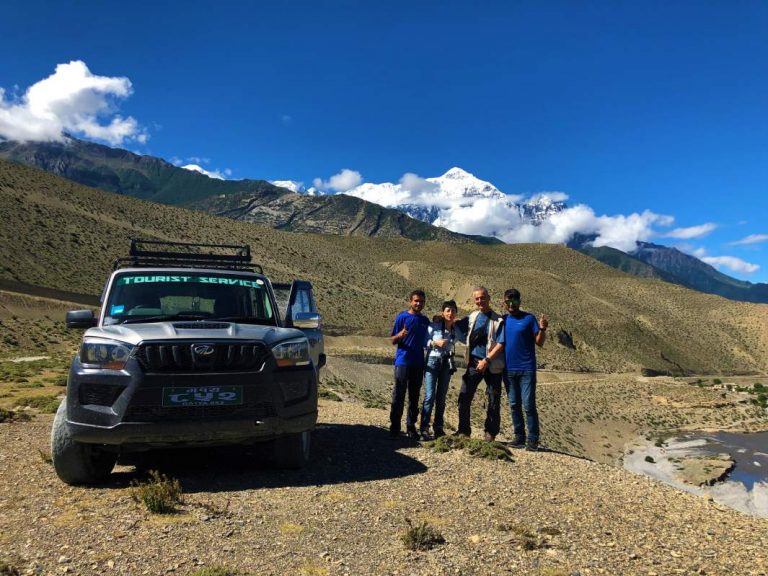
Ancient Monasteries and Cave Paintings
Despite how remote it is, there has been a human settlement at Upper Mustang dating back to the 13th century. Recently, at least twelve caves were discovered in Upper Mustang that bore Buddhist paintings and at cliffs 14,000 feet high.
The paintings date back to the 13th century and contain Tibetan scripts, gold, silver, and pre-Christian era pottery shards as well. Because of the trade route, the paintings bear influence from Newar, the indigenous people of Kathmandu, and had mural paintings showing palm trees, Indian textiles, and sub-tropical birds. And this is one of the significant reasons to trek to the Upper Mustang.
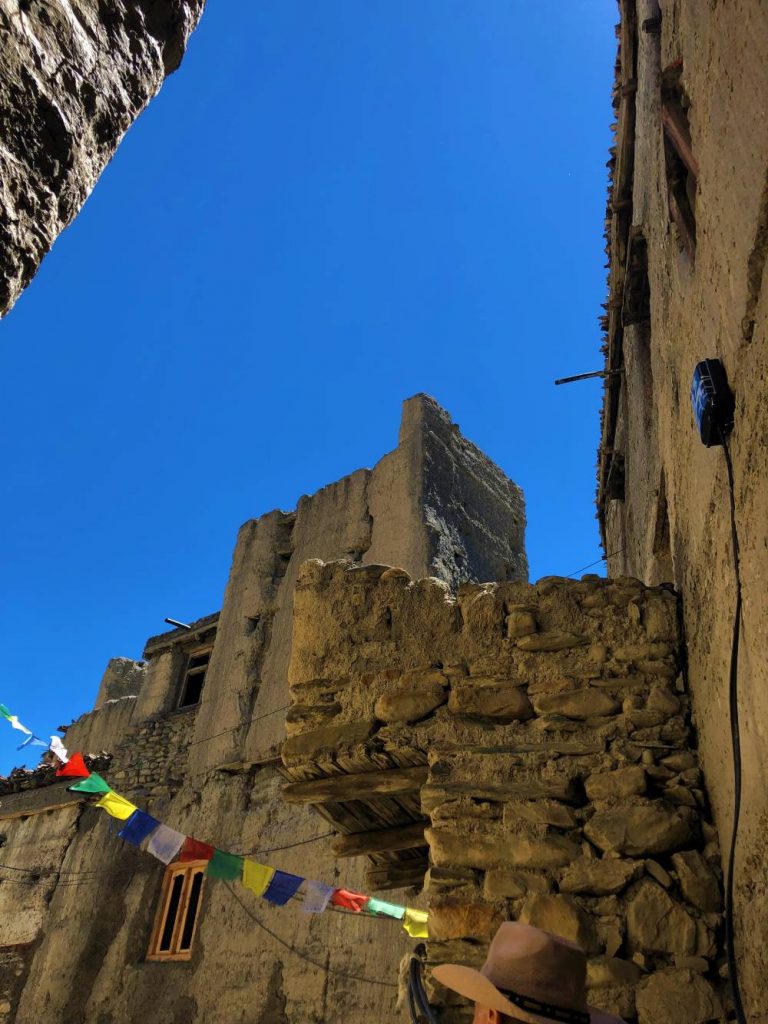
Beautiful Mountain Views, a reason to trek to Upper Mustang
You will never be far from the tallest mountains on this trek as you begin your trek at Jomsom or Kagbeni, which boasts beautiful views of the Nilgiri, Dhaulagiri, and Annapurna range. As you begin your trek, you will walk alongside panoramic views of these mountain ranges and other peaks such as Tukuche, Tilicho, and Chuli West. This will be by far one of the best reasons to trek to the Upper Mustang.
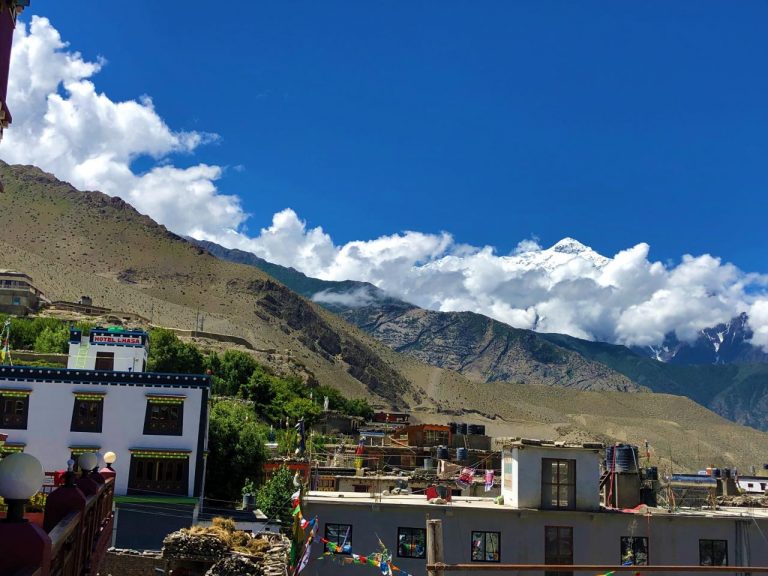
Rare Flora and Fauna in Upper Mustang
Upper Mustang is home to the elusive snow leopard and the prolific musk deer. While sighting the snow leopard may be a rare feat, you can come upon the Himalayan Yak, long-haired domesticated cattle used for transportation and milk (which is used to make butter tea, a rich delicacy popular in the region).
We also know this region for its Himalayan alpine terrain with various species of herbal plants, often used by the locals for various purposes such as medicine and incense, among others.
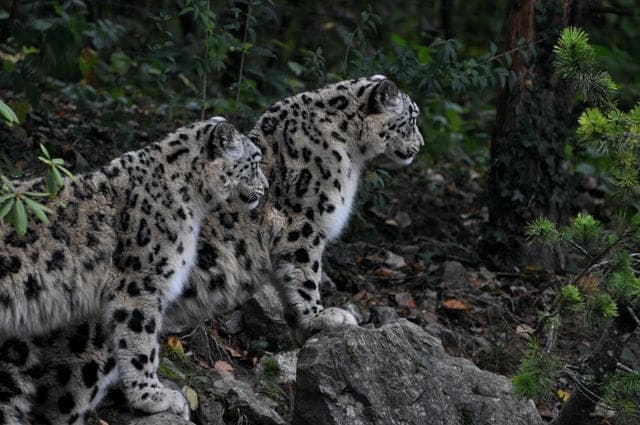
Follow the Historic Salt Trade Route
In your itinerary, you see you will follow an ancient trading route between traders in Tibet and India. Since you will follow a route that dates back to the 13th century, there is no shortage of Buddhist shrines, monasteries, prayer flags, and other monuments along the roads.
Trekkers from All Fitness Levels are Welcome
We consider the difficulty level of the trek moderate in terms of trek grading in Nepal, but it is not arduous with an average walking duration of around 5 to 6 hours per day. However, since you will be below 4000 meters for the entire trek, this is ideal for those who have difficulty acclimating at higher altitudes. While the area is remote, there are also many tea houses and lodges along the trekking route, which means you are never far from human settlement, food, and water.
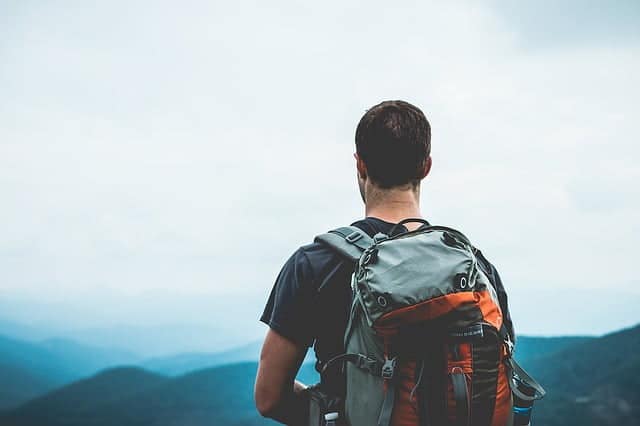
So, these were the top 10 reasons to trek to the Upper Mustang. The trail is remote and requires special Upper Mustang permits for both the Annapurna Conservation Area Project (ACAP) Permit and the Upper Mustang Restricted Area Permit. However, these are both easily accessible in the Nepal Tourism Board Office and can be received in a day. While the cost may be higher than other treks, it is a once-in-a-lifetime journey that will take you to a unique time and place, not only in Nepal but the entire world.




